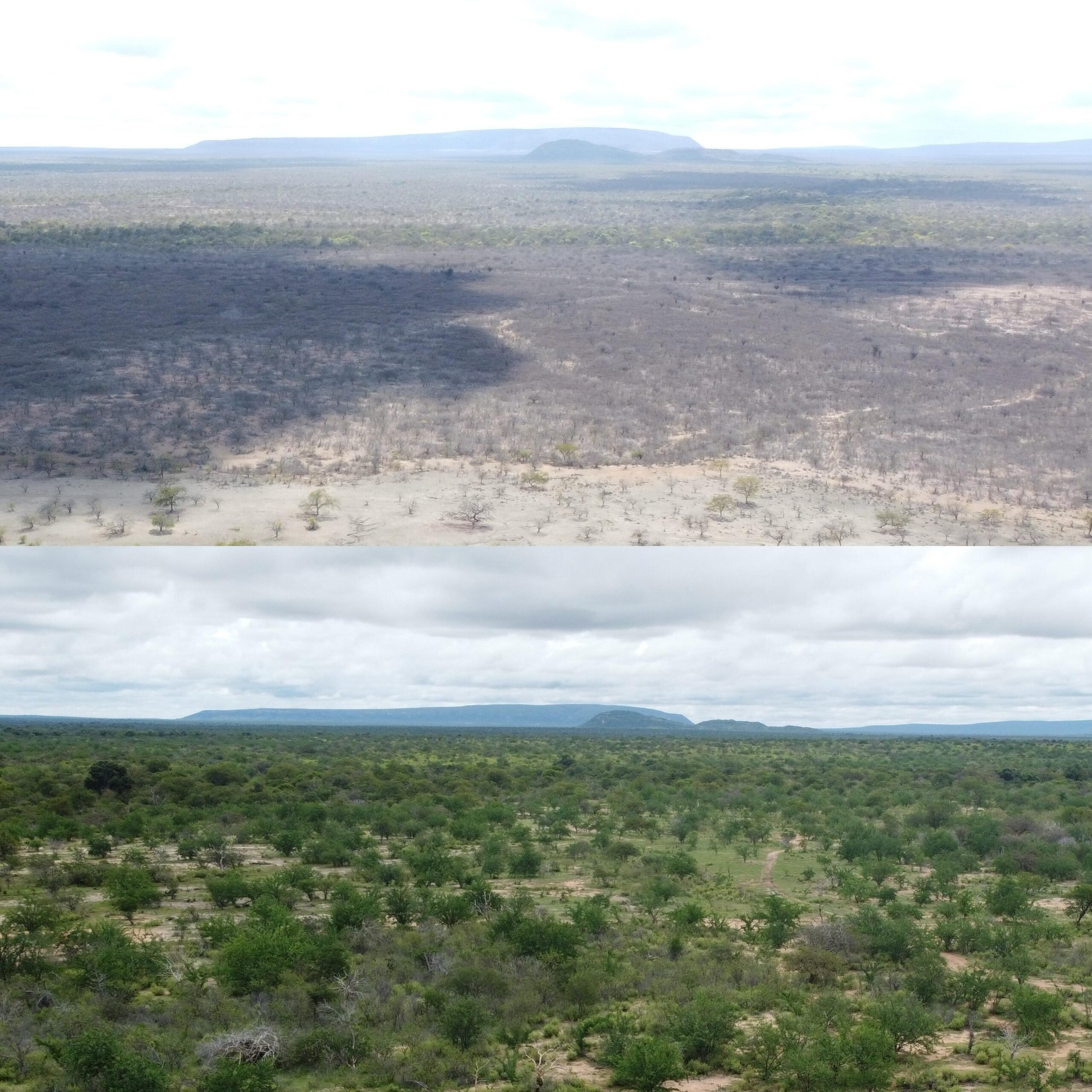Activities
RESTORATION & REFORESTATION

We are currently planting one little seedling at a time and aim to restore the biome- and hope in caatinga!
Planting Design and Guidelines
Our restoration and reforestation activities are based on the concept of a native forest approach. This means we look to protect and increase ecosystem services and carbon sequestration, nurture and support biodiversity recovery and ensure sustainable livelihoods.
We consider these guidelines at every point of our planting design and implementation.
Some examples include:
Biodiversity-led reforestation
Only endemic, local species are used for reforestation. We base our planting plan on scientific literature and the natural ecosystem. This ensures the return of a resilient, connected, diverse, and healthy ecosystem.
Soil fertility improvement
Strong focus on restoring the soil fertility and it´s many services, i.e. soil moisture and nutrient source. For example, we increase the organic matter inputs such as through the use of compost. We reduce grazing and plant mixed species that enrich the soil and fix carbon in roots and soil.
Natural Regeneration
In the vicinity of existing forest and/or where the land conditions allow, we first focus on natural regeneration to allow nature to come back on its own, yet we diminish the factors that increase degradation, i.e., build fences to keep livestock from eating new seedlings.
Natural protection and pest control
We consider mixed and shade species that protect and assist each other. Whether it is to increase resilience to pests and protect against wind, we carefully ensure we (re)create a diverse ecosystem.
Water Regime Re-established
As the seedling roots begin to grow, extend and take hold, they provide erosion reduction which in turn aids in the return of the natural water regime. This will increase water security, improve soil retention, and reduce water erosion due to flash flooding.


